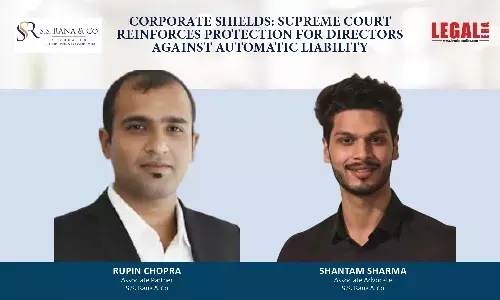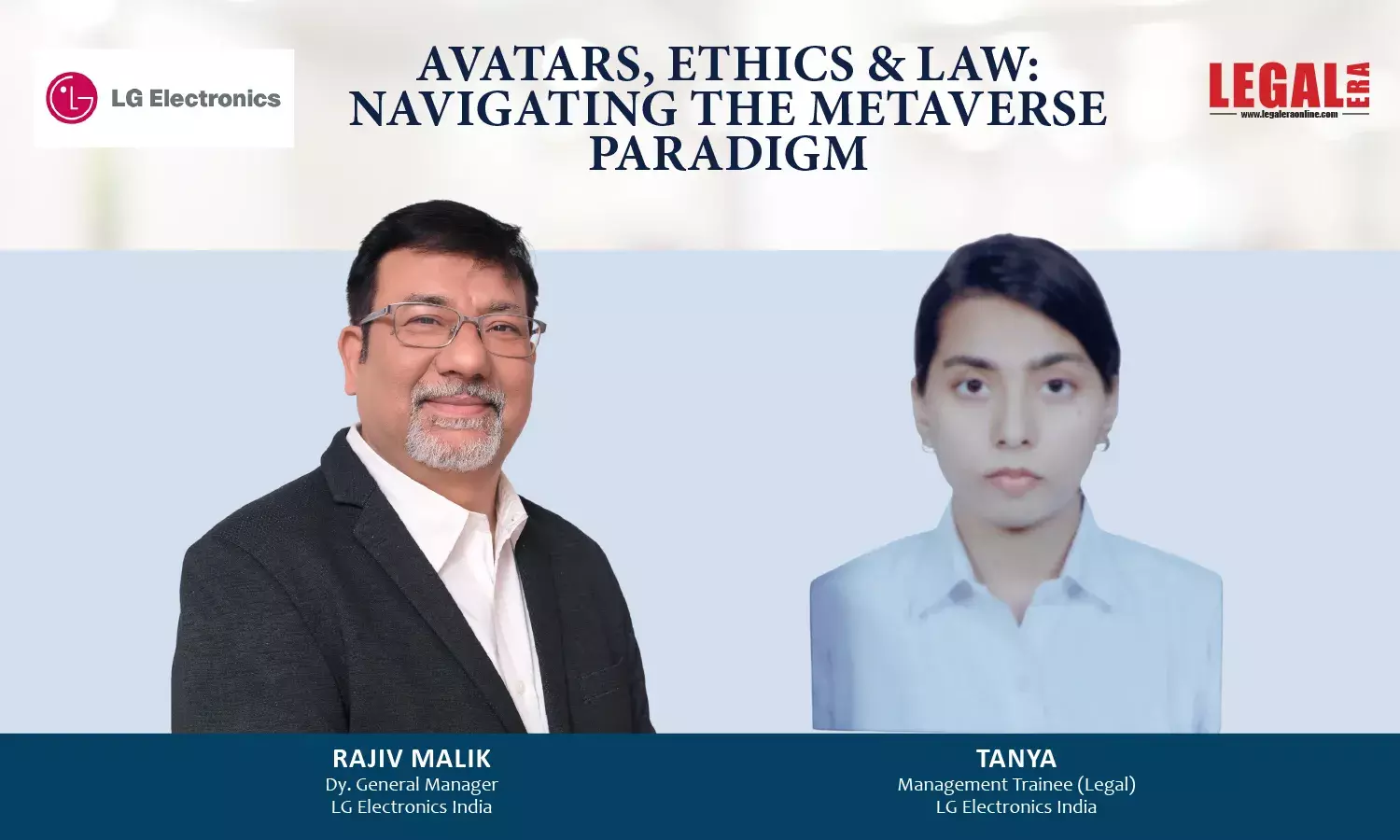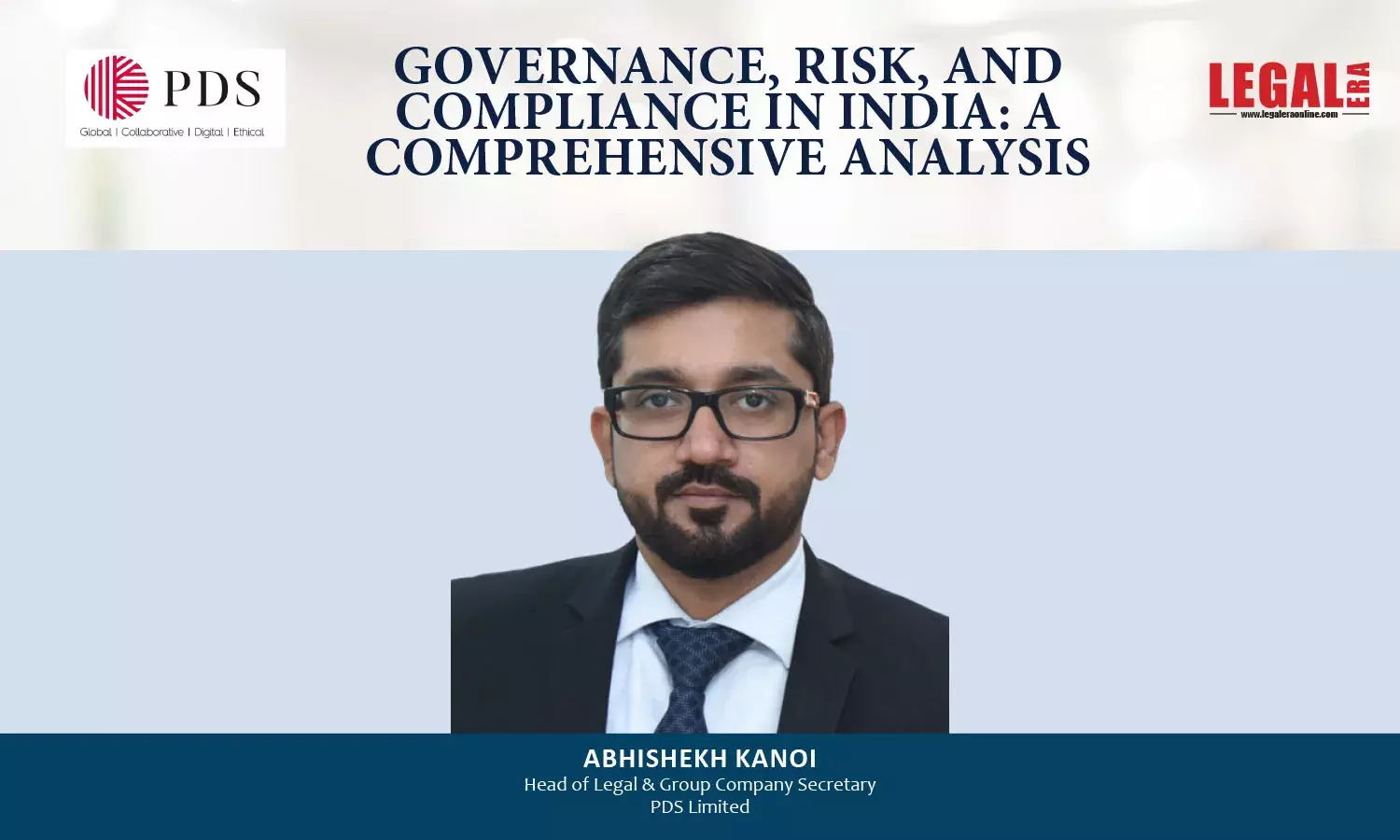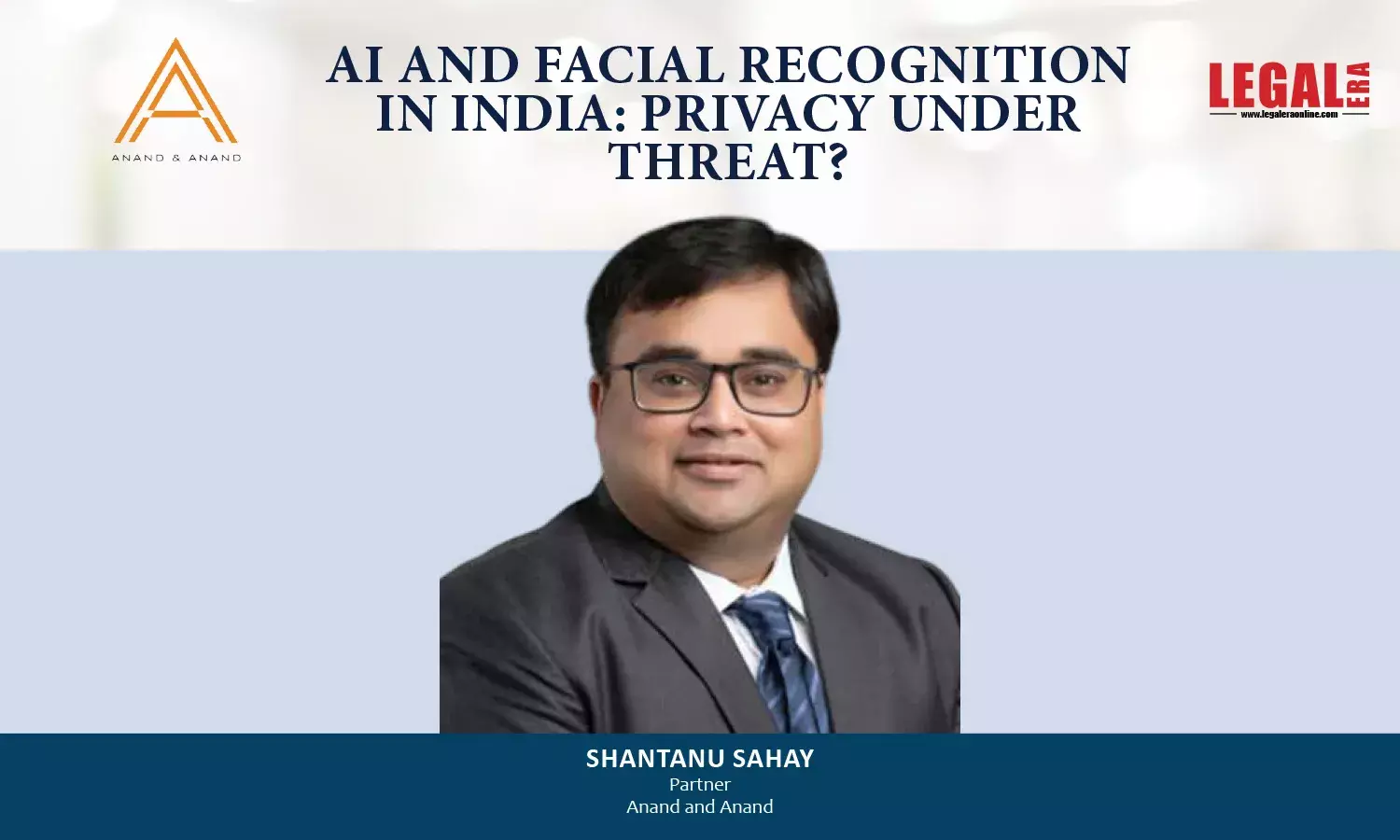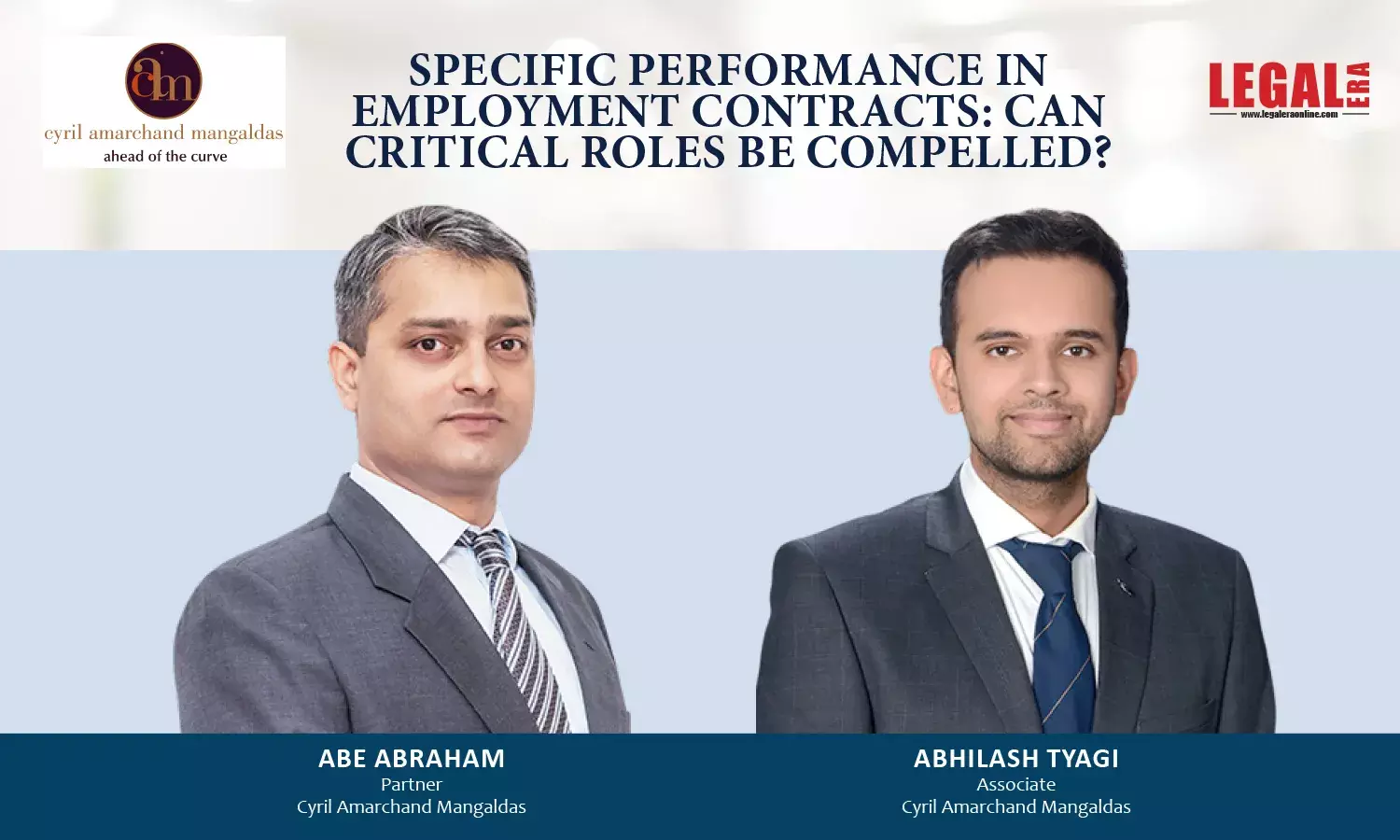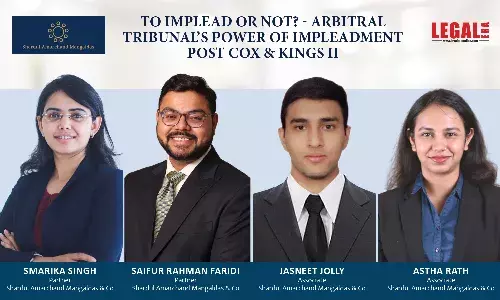"Evidence in its broadest sense includes everything that is used to determine or demonstrate the truth of an assertion. Giving or procuring evidence is the process of using those things that are either (a) presumed to be true, or (b) which were proved by evidence, to demonstrate an assertion's truth. Evidence is the currency by which one fulfills the burden of proof." In law,...
"Evidence in its broadest sense includes everything that is used to determine or demonstrate the truth of an assertion. Giving or procuring evidence is the process of using those things that are either (a) presumed to be true, or (b) which were proved by evidence, to demonstrate an assertion's truth. Evidence is the currency by which one fulfills the burden of proof."
In law, the production and presentation of evidence depends first on establishing on whom the burden of proof lays. Admissible evidence is that which a court receives and considers for the purposes of deciding a particular case. Two primary burden-of-proof considerations exist in law. The first is on whom the burden rests. In many, especially Western, courts, the burden of proof is placed on the prosecution. The second consideration is the degree of certitude proof must reach, depending on both the quantity and quality of evidence. These degrees are different for criminal and civil cases, the former requiring evidence beyond reasonable, the latter considering only which side has the preponderance of evidence, or whether the proposition is more likely true or false. The decision maker, often a jury, but sometimes a judge, decides whether the burden of proof has been fulfilled. After deciding who will carry the burden of proof, evidence is first gathered and then presented before the court.
Evidence
The word ‘Evidence’ has been derived from the Latin word ‘evidere’ which implies to show distinctly, to make clear to view or sight, to discover clearly, to make plainly certain, to certain, to ascertain, to prove. According to Sir Blackstone, ‘Evidence’ signifies that which demonstrates, makes clear or ascertain the truth of the facts or points in issue either on one side or the other.
According to Sir Taylor, Law of Evidence means through argument to prove or disprove any matter of fact. The truth of which is submitted to judicial investigation.
Section 3 of The Indian Evidence Act, defines evidence in the following words-
Evidence means and includes-
- All the statements which the court permits or requires to be made before it by witnesses, in relation to matters of fact under enquiry; such statements are called Oral evidence;
- All the documents including electronic records produced for the inspection of the court; such documents are called documentary evidence;
The definition of Evidence given in this Act is very narrow because in this evidence comes before the court by two means only-
- The statement of witnesses.
- Documents including electronic records.
But in them those things have not been included on which a Judge or a Penal authority depends for this position. The Hon’ble Supreme Court of India in Sivrajbhan v. Harchandgir held "The word evidence in connection with Law, all valid meanings, includes all except agreement which prove disprove any fact or matter whose truthfulness is presented for Judicial Investigation. At this stage it will be proper to keep in mind that where a party and the other party don’t get the opportunity to cross-examine his statements to ascertain the truth then in such a condition this party’s statement is not Evidence."
Different Forms of Evidence
- Oral Evidence - Section 60 of the Indian Evidence Act, 1872 prescribed the provision of recording oral evidence. All those statements which the court permits or expects the witnesses to make in his presence regarding the truth of the facts are called Oral Evidence. Oral Evidence is that evidence which the witness has personally seen or heard. Oral evidence must always be direct or positive. Evidence is direct when it goes straight to establish the main fact in issue.
- Documentary Evidence - Section 3 of The Indian Evidence Act says that all those documents which are presented in the court for inspection such documents are called documentary evidences.In a case like this it is the documentary evidence that would show the actual attitude of the parties and their consciousness regarding the custom is more important than any oral evidence.
- Primary Evidence - Section 62 of The Indian Evidence Act says Primary Evidence is the Top-Most class of evidences. It is that proof which in any possible condition gives the vital hint in a disputed fact and establishes through documentary evidence on the production of an original document for inspection by the court. It means the document itself produced for the inspection of the court. In Lucas v. Williams Privy Council held “Primary Evidence is evidence which the law requires to be given first and secondary evidence is the evidence which may be given in the absence of that better evidence when a proper explanation of its absence has been given.”
- Secondary Evidence - Section 63 says Secondary Evidence is the inferior evidence. It is evidence that occupies a secondary position. It is such evidence that on the presentation of which it is felt that superior evidence yet remains to be produced. It is the evidence which is produced in the absence of the primary evidence therefore it is known as secondary evidence. If in place of primary evidence secondary evidence is admitted without any objection at the proper time then the parties are precluded from raising the question that the document has not been proved by primary evidence but by secondary evidence. But where there is no secondary evidence as contemplated by Section 66 of the Evidence Act then the document cannot be said to have been proved either by primary evidence or by secondary evidence."
- Real Evidence - Real Evidence means real or material evidence. Real evidence of a fact is brought to the knowledge of the court by inspection of a physical object and not by information derived from a witness or a document. Personal evidence is that which is afforded by human agents, either in way of disclosure or by voluntary sign. For example, Contempt Of Court, Conduct of the witness, behavior of the parties, the local inspection by the court. It can also be called as the most satisfactory witness.
- Hearsay Evidence - Hearsay Evidence is very weak evidence. It is only the reported evidence of a witness which he has not seen either heard. Sometime it implies the saying of something which a person has heard others say. In Lim Yam Yong v. Lam Choon & Co. The Hon’ble Bombay High Court adjudged “Hearsay Evidence which ought to have been rejected as irrelevant does not become admissible as against a party merely because his council fails to take objection when the evidence is tendered.” So finally we can assert that Hearsay Evidence is that evidence which the witness has neither personally seen or heard, nor has he perceived through his senses and has come to know about it through some third person. There is no bar to receive hearsay evidence provided it has reasonable nexus and credibility.When a piece of evidence is such that there is no prima facie assurance of its credibility, it would be most dangerous to act upon it. Hearsay evidence being evidence of that type has therefore, to be excluded whether or not the case in which its use comes in for question is governed by the Evidence Act.
- Judicial Evidence - Evidence received by court of justice in proof or disproof of facts before them is called judicial evidence. The confession made by the accused in the court is also included in judicial evidence. Statements of witnesses and documentary evidence and facts for the examination by the court are also Judicial Evidence.
- Non-Judicial Evidence - Any confession made by the accused outside the court in the presence of any person or the admission of a party are called Non-Judicial Evidence, if proved in the court in the form of Judicial Evidence.
- Direct Evidence - Evidence is either direct or indirect. Direct Evidence is that evidence which is very important for the decision of the matter in issue. The main fact when it is presented by witnesses, things and witnesses is direct, evidence whereby main facts may be proved or established that is the evidence of person who had actually seen the crime being committed and has described the offence. We need hardly point out that in the illustration given by us, the evidence of the witness in Court is direct evidence as opposed to testimony to a fact suggesting guilt. The statement before the police only is called circumstantial evidence of, complicity and not direct evidence in the strict sense.
- Circumstantial Evidence or Indirect Evidence - There is no difference between circumstantial evidence and indirect evidence. Circumstantial Evidence attempts to prove the facts in issue by providing other facts and affords an instance as to its existence. It is that which relates to a series of other facts than the fact in issue but by experience have been found so associated with the fact in issue in relation of cause and effect that it leads to a satisfactory conclusion.
In Hanumant v. State of Madhya Pradesh, The Hon’ble Supreme Court Observed, "In dealing with circumstantial evidence there is always the danger that suspicion may take the place of legal proof. It is well to remember that in cases where the evidence is of a circumstantial nature the circumstances from which the conclusion of guilt is to be drawn should in the first instance , be fully established and all the facts so established should be consistent only with the hypothesis of the guilt of the accused. In other words there can be a chain of evidence so far complete as not to leave any reasonable ground for a conclusion consistent with the innocence of the accused and it must be such as to show that within all human probability the act must have been done by the accused."
In the case of Ashok Kumar v. State of Madhya Pradesh, the Hon’ble Supreme Court held-
- The circumstances from which an inference of guilt is sought to be drawn must be cogently and firmly established.
- Those circumstances should be of a definite tendency unerringly pointing towards the guilt of accused.
- The circumstances, taken cumulatively should from a chain so complete that there is no escape from the conclusion that within all human probability the crime was committed by the accused and none else.
- The Circumstantial Evidence in order to sustain conviction must be complete and incapable of explanation on any other hypothesis than that of the guilt of the accused and such evidence should not only be consistent with the guilt of the accused but should be inconsistent with his innocence.
Direct Evidence V. Circumstantial Evidence
The question that which evidence is superior is going from a long time, on this subjects jurists differ in their views. Some jurists hold that direct evidence is superior evidence. When a particular says that he had seen a particular event happening then undoubtedly his evidence is superior, but even relying on direct evidence at once is also hazardous because a witness can make a completely false statement. In the same manner in the case of circumstantial evidence circumstances are also proved by witnesses. Particularly the manner in which the court draws inferences from circumstances they can be wrong and also and thus circumstances also become false.
In the case of Kallu v. State Of Uttar Pradesh, the accused was tried for the murder of the deceased by shooting him with a country made pistol. A cartridge was found near the bed of the deceased. The accused was arrested at a distance of 14 miles from the village which was the place of occurrence. He produced a pistol from his house which indicated that he could have alone have known of its existence there. The fire-arms expert proved that it was the same pistol from which the shot was fired and deceased was killed. The Hon’ble Supreme Court while convicting the accused held "Circumstantial Evidence has established that the death of the deceased was caused by the accused and no one else."
Direct Evidence V. Circumstantial Evidence
The witness can be divided mainly into two categories-
- Eye Witness
- Circumstantial Witness
Witness can be further divided into following kinds-
- Prosecution Witness - Prosecution is the institution or commencement of criminal proceeding and the process of exhibiting formal charges against an offender before a legal tribunal and pursuing them to final judgment on behalf of the state or government by indictment or information. A prosecution exists until terminated in the final judgment of the court to write the sentence, discharge or acquittal, a witness which appears on behalf of the prosecution side is known as a Prosecution Witness.
- Defense Witness - Defense side in a criminal proceeding is opposing or denial of the truth or validity of the prosecutor’s complaint, the proceedings by a defendant or accused party or his legal agents for defending himself. A witness summoned on the request of the defending party is known as a Defense Witness.
- Expert Witness - An ‘expert’ is not a ‘witness’ of fact. His evidence is really of an advisory character. The duty of an ‘expert witness’ is to furnish the judge with the necessary scientific criteria for testing the accuracy of the conclusion so as to enable the judge to form his independent judgment by the application of this criteria to the facts proved by the evidence of the case. The scientific opinion evidence, if intelligible, convincing and tested becomes a factor and along with the other evidence of the case. The credibility of such a witness depends on the reasons stated in support of his conclusions and the data furnished which form the basis of his conclusions.
- Eye Witness - A witness who gives testimony to facts seen by him is called an eye witness, an eye witness is a person who saw the act, fact or transaction to which he testifies. An eye witness must be competent (legally fit) and qualified to testify in court. A witness who was intoxicated or insane at the time the event occurred will be prevented from testifying, regardless of whether he or she was the only eyewitness to the occurrence. Identification of an accused in Court by an ‘Eye witness’ is a serious matter and the chances of a false identification are very high. Where a case hangs on the evidence of a single eye witness it may be enough to sustain the conviction given sterling testimony of a competent, honest man although as a rule of prudence courts call for corroboration. "It is a platitude to say that witnesses have to be weighed and not counted since quality matters more than quantity in human affairs."
"Indeed, conviction can be based on the testimony of a single eye witness and there is no rule of law or evidence which says to the contrary provided the sole witness passes the test of reliability. So long as the single eye-witness is a wholly reliable witness the courts have no difficulty in basing conviction on his testimony alone. However, where the single eye witness is not found to be a wholly reliable witness, in the sense that there are some circumstances which may show that he could have an interest in the prosecution, then the courts generally insist upon some independent corroboration of his testimony, in material particulars, before recording conviction. It is only when the courts find that the single eye witness is a wholly unreliable witness that his testimony is discarded in toto and no amount of corroboration can cure that defect."
On a conspectus of these decisions, it clearly comes out that there has been no departure from the principles laid down in Vadivelu Thevar case and, therefore, conviction can be recorded on the basis of the statement of a single eye witness provided his credibility is not shaken by any adverse circumstance appearing on the record against him and the court, at the same time, is convinced that he is a truthful witness. The court will not then insist on corroboration by any other eye witness particularly as the incident might have occurred at a time or place when there was no possibility of any other eye witness being present. Indeed, the courts insist on the quality, and, not on the quantity of evidence."
- Hostile Witness - The witness who makes statements adverse to the party calling and examining him and who may with the permission of the court, be cross examined by that party. Now it is true that in Coles v. Coles, and it may be in other cases, a hostile witness has been described as a witness who from the manner in which he gives his evidence shows that he is not desirous of telling the truth to the Court. This is not a very good -definition of a hostile witness and the Indian Evidence Act is most careful in Section 154 not to restrict the right of 'cross-examination' even by committing itself to the word 'hostile'.
This Court in Bhagwan Singh v. State of Haryana [AIR 1976 SC 202] held that merely because the Court gave permission to the Public Prosecutor to cross- examine his own witness describing him as hostile witness does not completely efface his evidence. The evidence remains admissible in the trial and there is no legal bar to base conviction upon the testimony of such witness. In State of U.P. v, Ramesh Prasad Misra (2 supra) the Supreme Court held that the evidence of a hostile witness would not be totally rejected if spoken in favour of the prosecution or accused, but it can be subjected to close scrutiny and that portion of the evidence which is consistent with the case of the prosecution or defense may be accepted.In Balu Sonba Shinde v. State of Maharashtra 2003 SCC (Crl.) 112 the Supreme Court held that the declaration of a witness to be hostile does not ipso facto reject the evidence. The portion of evidence being advantageous to the parties may be taken advantage of, but the Court should be extremely cautious and circumspect in such acceptance. The testimony of hostile witness has to be tested, weighed and considered in the same manner in which the evidence of any other witness in the case.
Conclusion
Thus we can finally conclude that in order to provide justice Evidence and witnesses are very necessary and they hold a very important place in the Law. With the help of Evidence the judge reaches a verdict. The evidence heard by the court is the most important factor in determining whether the judgment will be in favour of Prosecution side or Defense side.
Contributed by - Shivam Singh


